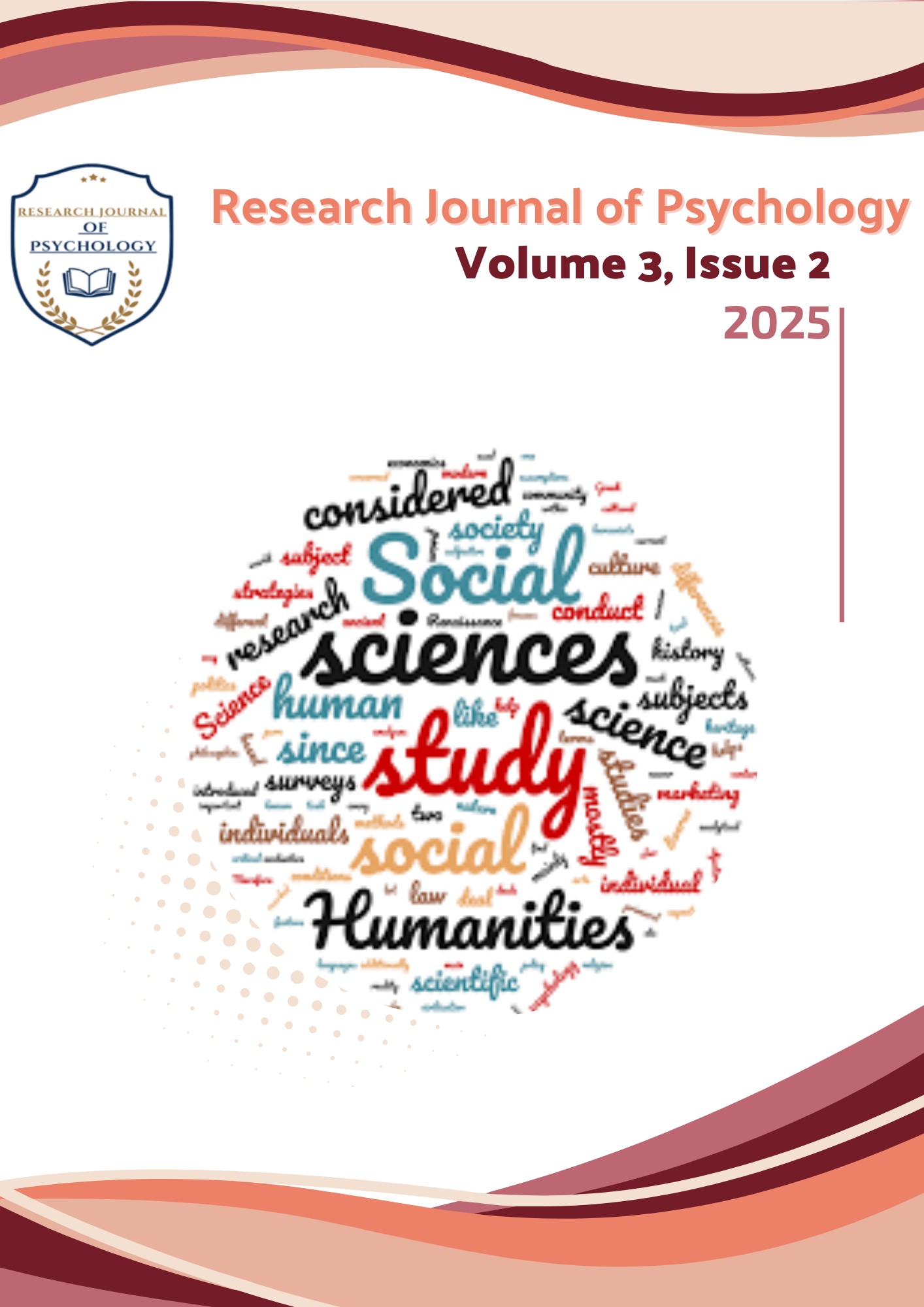Antibiotic Resistance: A Looming Threat to Public Health
DOI:
https://doi.org/10.59075/rjs.v3i2.118Keywords:
Antibiotic Resistance, Public Health.Abstract
All types of countries suffer from increasing global health challenges, but developing countries like Pakistan suffer the most. This is attributed to the abuse of antibiotics and lack of diagnostic stewardship. This study is aimed at revealing the prevalence and patterns of antibiotic resistance among commonly isolated bacterial pathogens from patients admitted at two major hospitals: Bahawal Victoria Hospital, Bahawalpur, and District Headquarters Hospital, LodhranThe total number of clinical samples, which include urine, blood, wound swabs, and sputum, come to about 250. The samples have been gathered and analyzed using standard microbiological techniques. Antibiotic susceptibility tests for the isolates were performed as per the standards of the Clinical and Laboratory Standards Institute (CLSI) using the Kirby-Bauer disc diffusion method. Staphylococcus aureus, Escherichia coli, Klebsiella pneumoniae, and Pseudomonas aeruginosa were the most commonly isolated organisms. Resistance rates were high, especially with widely used antibiotics such as ampicillin, amoxicillin-clavulanate, ciprofloxacin, and ceftriaxone. With the emergence of methicillin-resistant Staphylococcus aureus and multidrug-resistant gram-negative bacteria, treatment options are further complicated. A low percentage of resistance for meropenem indicates this drug is a potential last resort. The study calls for urgent antimicrobial stewardship, routine culture and sensitivity testing, and stringent infection control measures. Such intervention would save existing treatments from further devaluation by an ascending trend of bacterial antibiotic resistance that would eventually lead to increased morbidity, mortality, and health-related costs.
Downloads
Published
How to Cite
Issue
Section
License
Copyright (c) 2025 Research Journal of Psychology

This work is licensed under a Creative Commons Attribution 4.0 International License.







